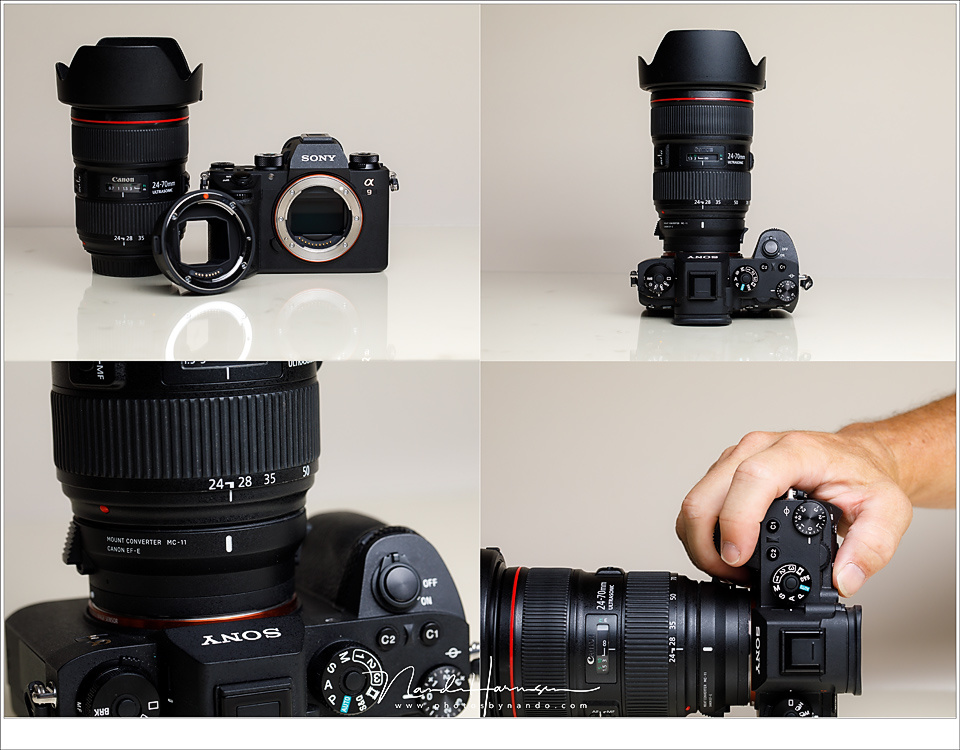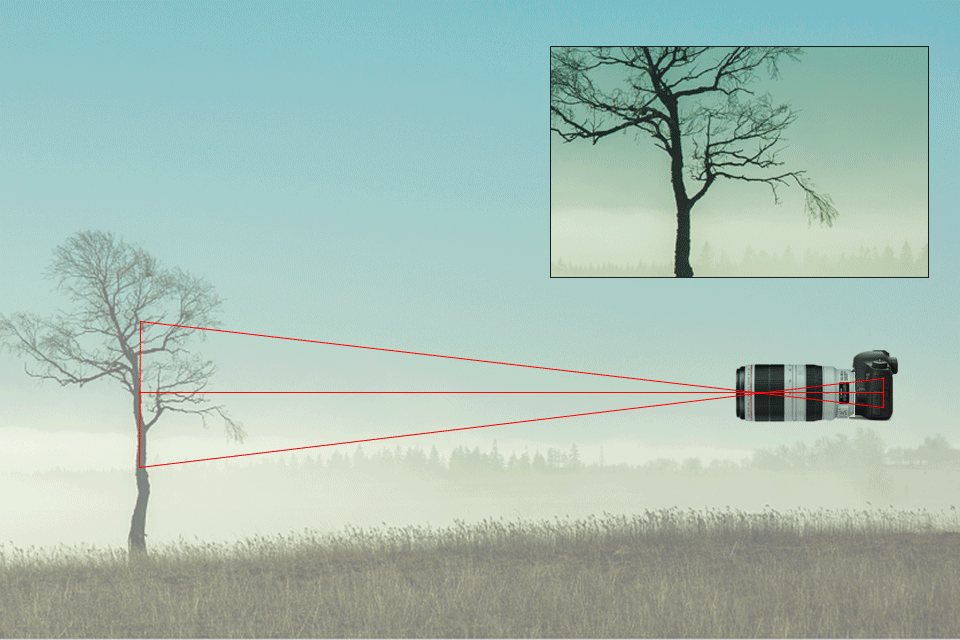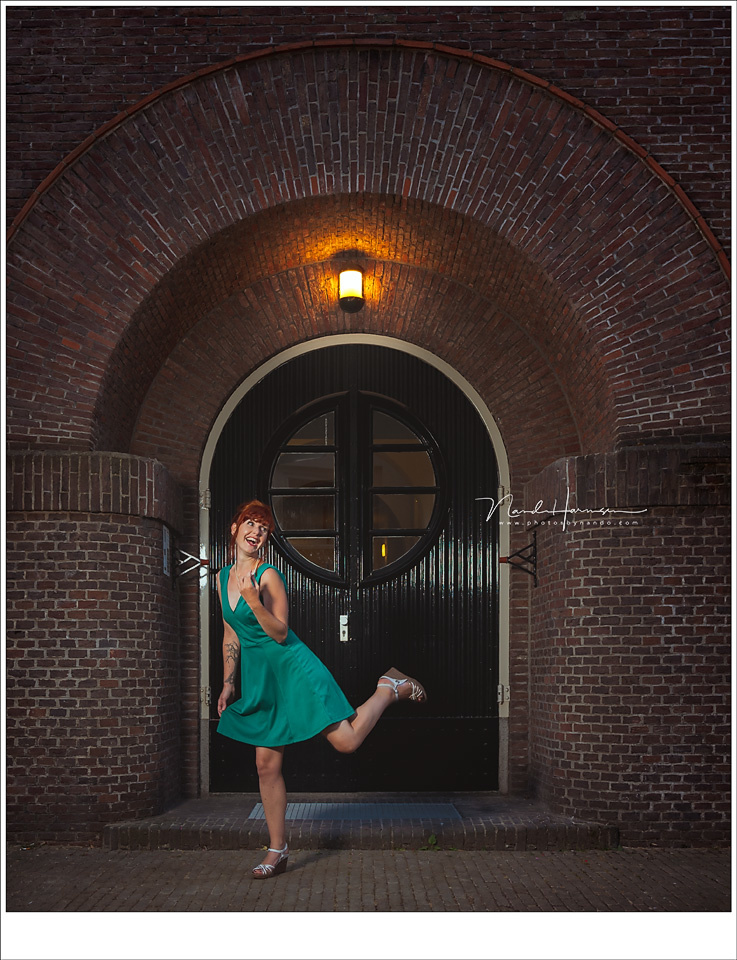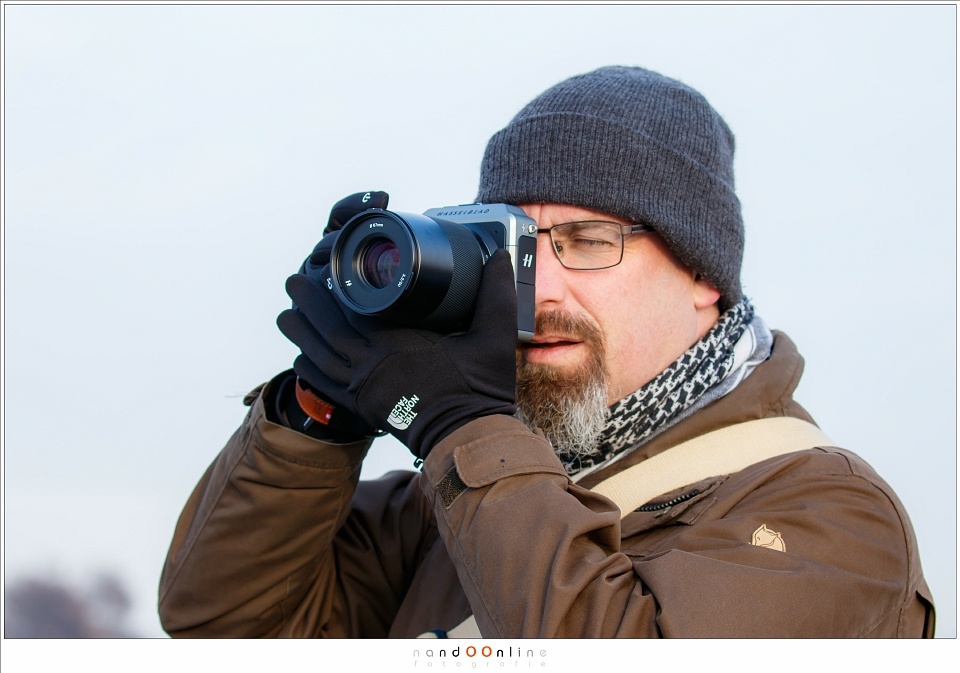When it is time to buy a camera, image stabilization can be something that is on the bucket list of must haves. Image stabilization makes it possible to shoot with longer shutter times than normal, preventing the use of a tripod. There are many different implementations of image stabilization, but it is not the Holy Grail. You could say image stabilization is overrated.
The claim about image stabilization being overrated may sound like click-bait, but it is not. The discussion about the lack of in body camera image stabilization in the Canon EOS R shows how many are fixed on this helping aid. With all the fuss about it, you could even get the idea that sharp images are not possible anymore without it. And yes, it is a tool that can minimize the risk of unshapen images due to vibration or hand shake, but it is not the answer to everything.

Large telephoto lenses often have image stabilization build in. You can choose from different settings, that fit the kind of photography you want.

In Body Image Stabilization (IBIS) often works with any lens you use. Even if it is a lens from another manufacturer, like this Canon EF24-70mm f/2,8L II on the Sony A9.
First of all, let me explain why image stabilization, or vibration reduction, is so wonderful. If you already are familiar with it, just skip this part.
Nobody can hold a camera perfectly still. We make tiny movements all the time. Often we are unaware of this. Breathing, our heartbeat, even the movement of our muscles, and our balance to stand on two legs, all these things make us constantly move a tiny bit. And if we use a shutter time that is long enough, these movements become visible because it is also moving the camera. Unless you use a tripod, of course. But we are not talking about that.

Even in a stable position there is a slight movement from your muscles and respiration, even a heart beat will move your hands. But when the shutter speed is fast enough, it won't be visible in the picture (image by Hetwie (www.hetwie.nl))
Once there was a golden rule about holding a camera perfectly still. It was based on the focal length and a 35mm film, what we call full frame today. It was said that the minimum shutter speed that still makes it possible to hold the camera still, was 1 divided by the focal length of the lens. If you used a 50mm focal length, you could shoot a sharp image with a minimum of 1/50 sec. With 24mm it could be 1/24 sec. If you used a tele lens like 800mm, the minimum shutter time would be 1/800 sec – if you are strong enough to hold that kind of lens. It is just a guideline, because some people could go beyond that 1/[focal length] rule.

If the shutter speed is fast enough, it should be able to take sharp hand held pictures. But holding a Canon EF800mm f/5,6L IS like this is foolish... it is way too heavy. Luckily the lens has image stabilization.
Today we have sensors instead of film, but the guideline still works the same. One divided by the focal length gives a good idea up to what shutter time you can use the camera with no risk of shaking. But it also depends of the sort of sensor you use. The guideline is based on a full frame sensor, so if you use a smaller sensor the movement will be enlarged with the same factor as the crop factor. When you use a 50mm lens on a full frame camera, you should be able to shoot with 1/50 sec. But when the 50mm lens is placed on a 1.5 crop camera, the registered image has a larger magnification, so it is acting like it was a 75mm on a full frame. The minimum shutter times should be 1/75 sec.

The rule 1/[focal length] still works as a guideline. This animated gif shows the exaggerated movement of a 50mm focal length. This movement won't be visible in the picture when shot with a shutter time of 1/50 second.

This animated gif shows the same exaggerated movement, but with a 200mm focal length. Compare the movement with the previous gif. Due to the longer focal length the movement is enlarged, so a faster shutter speed is necessary. In this case 1/200 second will do.
Now comes image stabilization into the picture. The modern systems that manufacturers build into their cameras are so sophisticated that they can reduce vibrations up to 4 stops, or even more. If you have an image stabilization that can works up to 4 stops, you should be able to make the shutter time 4 stops longer than the guideline 1/[focal length] tells us. With 50mm focal length on full frame, we should be able to shoot handheld not with just 1/50 sec, but up to 1/4 sec.
That is amazing of course. So you can leave your tripod at home, or just don’t buy one. Especially when your camera has In Body Image Stabilization (IBIS), it will work with any lens you use. Shooting with 16mm means you can get sharp images hand held, with a shutter time up to 1 second (!) if the IBIS works up to 4 stops.
But it won’t stop any movement of the subject.

A fast stutter speed is necessary when freezing movement, even when image stabilization could compensate movement up to 3 or 4 stops. (Leica SL 28mm | ISO400 | f/4 | 1/80 | Profoto B2 flash in OCF 2" softbox)
And this is something many seem to forget. You may use your camera hand held for 1/4 sec with 50mm, but it won’t stop your object from moving. I always think of my wedding photography, and the Canon EF 85mm f/1.4L IS, which has image stabilization. It may compensate for my shaky hands, but it won’t compensate the movements of the wedding couple. So I still need a fast shutter speed to end up with images that are sharp.

Although image stabilization prevents motion blur from the camera, it won't freeze the movement of the bride and groom. (Canon EOS 5D mark III 67mm | ISO400 | f/8 | 1/25sec)

During these moments you cannot rely on image stabilization. You need to keep your shutter speed high enough to prevent any motion blur from the subjects. You don't need image stabilization for these kind of photos (Canon EOS 5D mark IV 57mm | ISO3200 | f/5,6 | 1/200 | Profoto A1 TTL flash)
Of course this is all based on 35mm film. Today’s sensors have a much larger resolution than film in the older days. For example, if you use a 16mp camera the guideline may work, but with a 50mp sensor (like the (semi) medium format cameras from Fujifilm and Hasselblad) it probably won’t be enough. With a much higher resolution the tiniest of movements become visible so any image stabilization will certainly come in handy. Not for freezing the movement of the subject, but to reduce any shake or vibrations from the photographer.

These cameras have so many pixels, that the tiniest movement will be visible. Unfortunately this Hasselblad X1D-50c doesn't have any image stabilization. You have to take that in account when using it without tripod. (image by Hetwie (www.hetwie.nl))
So, this epistle is not against image stabilization at all. I love the technique and how it enables the photographer to shoot with a reduced risk of camera shake. The In Body Image Stabilization is wonderful and I think it should be built into every new camera that comes to the market. Just be aware that image stabilization it is not always necessary, like photographers that mainly shoot from tripod. More important is to realize it won’t stop the movements of your subject.
Please let me know in the comment how important image stabilization is for you and if you would consider buying a camera without it.







hahaha
No not proud. Just amused
Image stabilization is better than no image stabilization period. This article is dumb and yes, clickbaity.
All my lenses except my Canon EF 50mm F1.8 STM has IS. For the ones with IS I have a simple rule. Handheld, turn it on Tripod, turn it off.
If you shoot from a tripod, you probably don't need IS/VR
If you are shooting hand held in very low light, it's pretty darn handy.
Wildlife doesn't really make for good tripod photography, unless you consider your pet cat wildlife.
Wildlife doesn't really make for good image stabilization photography either. :) But I agree, IS can be very handy indeed.
Doesn't matter, if it helps - it helps. Would always prefer a camera/lens with one than without.
From the way the camera is being held in the three pictures above I can see why those people get blurry images. I have tested many ways to hold a camera with short and long lenses.
hand cupped under, across my elbow, using my elbow at a 90 degree or on my rib cage but none of those work as well as two knuckles. I find the camera when perched on top of my two knuckles on my left hand gives me a superior steady platform.
As for the ibis, not all is what is seems to be. I am sure the different systems internally have different results brand to brand and with different lenses and shutter speeds. But in my experience when a camera is not on legs and shooting below 125 of a second the ibis helps.
It is me in the picture, and believe me; it is a good way to shoot. Except maybe the 800mm tele. But for that there was no other way of holding that beast. Neverthess... All situations resulted in sharp handheld pictures.
Do you have a shot where I can see the way you are describing for hand held pictures. I would love to see it.
TL;DR: IS is amazing, but if you shoot with a tripod it's not always needed.
You know what is really overrated on a still photographer's camera? 4k video!
I am sick and tired of still camera reviews which say, “We are in the 21st century and this camera still does not have 4k video. I have to take off marks (on this otherwise perfectly magical camera) for not having 4k video.” Even worse, “It has 4k vtdeo, but, unfortunately, it is cropped, so I have to take off marks (on this otherwise perfectly magical camera) for not having uncropped 4k video.”
I wonder how many of those reviewers realise that actual 4k cinematography cameras do not have high res sensors for a reason. That if your resolution is not 8.3k × a multiple of four, it has to be cropped or re-sampled, or something else, for uncropped 4k video? If I wanted uncropped 4k video, I would buy an 8.3Mpx 4k video camera. I bought my still camera for still photography, and 4k —cropped or otherwise— will not help me take better still photographs.
If they were reviewing a video camera, I understand. But really, as a photographer, I really do not care at all what video capability my still camera is lacking. …But it is nice to have little features which may make my still photography a little easier.
…Like Shake Reduction, Vibration Reduction, or Vibration Compensation. There is a reason it is not called, “movement reduction,” or, “subject compensation.” It stabilises the image, not the subject. SR is nice to have, and this being the 21st century, I expect it in even an entry-level system. I do not think it is overrated.
I agree with your 4K story. But it is kinda off topic, I think.
Concerning your comment on the image stabilization; you are right. But I see so many starting photographers fall for this misconception.
There is a difference between "X is overrated by some people" and "X is overrated". I believe the first one is true, and you appear to as well judging by your article. But you chose to use the second one for the headline. To me, that's what makes it click-bait, even though I agree with everything you wrote in the article itself.
If you don't see the difference between the two, consider that practically everything is overrated by at least some people out there. But that some people think something doesn't follow to make the generalization that people think that thing.
Perhaps you're right. But the title is inspired by all the things I read on the internet, fora, reviews, and comments.